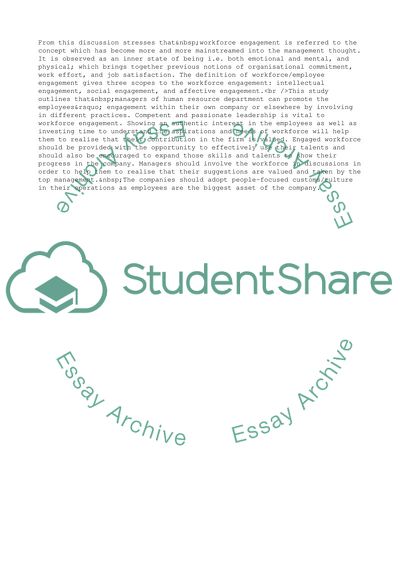Cite this document
(“Faculty of Business Environment and Society Essay - 7”, n.d.)
Faculty of Business Environment and Society Essay - 7. Retrieved from https://studentshare.org/business/1680624-faculty-of-business-environment-and-society
Faculty of Business Environment and Society Essay - 7. Retrieved from https://studentshare.org/business/1680624-faculty-of-business-environment-and-society
(Faculty of Business Environment and Society Essay - 7)
Faculty of Business Environment and Society Essay - 7. https://studentshare.org/business/1680624-faculty-of-business-environment-and-society.
Faculty of Business Environment and Society Essay - 7. https://studentshare.org/business/1680624-faculty-of-business-environment-and-society.
“Faculty of Business Environment and Society Essay - 7”, n.d. https://studentshare.org/business/1680624-faculty-of-business-environment-and-society.


